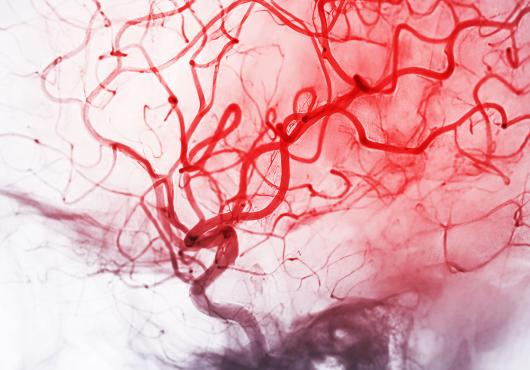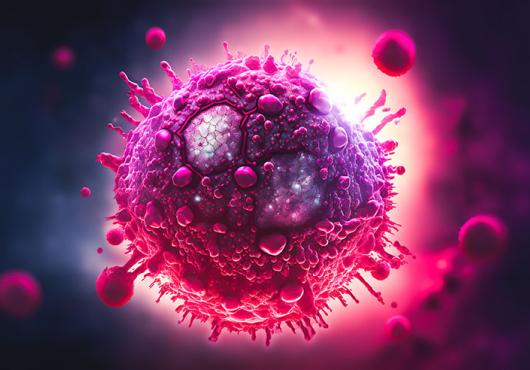Researchers inspecting rarely explored areas of the genome have found 1,600 genes forming a new genetic class and playing important roles in cell development and cancer.
These previously unidentified molecules escape the traditional definition of gene because they do not encode proteins. “Although these things seem to make the classic definition of gene more confusing, they are actually giving us a higher-resolution picture of the true biology of the human genome,” said co-author John Rinn, an HMS assistant professor of pathology at Beth Israel Deaconess Medical Center and a researcher at the Broad Institute of Harvard and MIT.
RNA was traditionally thought of as a tool that standard genes use to assemble life-sustaining proteins. But in recent years, the molecule has emerged as a leading player inside cells and as a critical layer of genetic control.
The new genes belong to a group known as large intervening noncoding RNAs, or lincRNAs, of which only a handful of examples was previously known. Using four different types of mouse cells, Rinn and his team scanned little explored sites that lie between traditional genes. Their search uncovered almost 1,600 regions where there was gene activity but no protein production, a smoking gun for lincRNAs.
We’ve found these guys where basically everybody thought there was nothing to be found,” said Mitchell Guttman, a researcher at the Broad and first author of the study, which appeared online in Nature on Feb. 1.
The lincRNAs discovered by Rinn have been conserved without major changes across mammals, including elephants, baboons, mice and man, said Rinn. “If they are conserved, evolution has given us a clue to their importance,” he said.
The genes appear to be where the action is, according to Rinn’s experiments. The team correlated the way lincRNA operates inside cells with the way known protein-coding genes do. This “guilt-by-association” game suggested the new genes were involved in fighting pathogens, preserving stem cells, and driving cancer, among other processes. An independent experiment with a hundred lincRNAs confirmed these results.
“Nobody has ever looked at these things, so they could be a new hope for curing a lot of diseases,” said Rinn. He is especially interested in the roles these new genes play in cancer and stem cell regulation. “We have found a new set of elements that may be part of the core cause of cancer,” he said.
—Nuño Domínguez
Students may contact John Rinn at jrinn@broad.mit.edu for more information.
Conflicts: The authors report no conflicts of interest.
Funding sources: Beth Israel Deaconess Medical Center, National Human Genome Research Institute, and the Broad Institute of MIT and Harvard.


